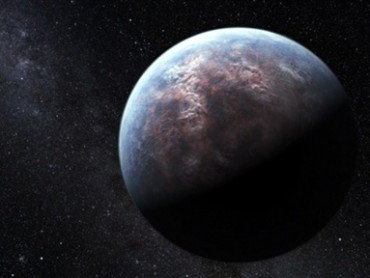This series explains the scientific evidence for our origins, from the Big Bang to the human migration out of Africa, in a way that most 7th-graders would understand.It challenges people who believe we were created by a deity 6,000 years ago to confront the evidence instead of ignoring it.About the Author: Potholer. I’ve been a journalist for 20 years, 14 years as a science correspon
Space
Stephen Hawking hosts an epic brand new kind of cosmology series, a Planet Earth of the heavens. It takes the world’s most famous scientific mind and sets it free, powered by the limitless possibilities of computer animation. Hawking gives us the ultimate guide to the universe, a ripping yarn based on real science, spanning the whole of space and time – from the nature of the universe itself, to t
Mars is Earth’s closest planetary neighbor, and for decades scientists have been curious about the so-called “Red Planet,” wondering if it’s possible that life exists there, how its soil and terrain differs from our own, and if water can be found. While sending a manned space mission to Mars has been considered beyond the reach of America’s space program, in 2001 the National Aeronautics and Space
National Geographic presents the first accurate non-stop voyage from Earth to the edge of the Universe using a single, unbroken shot through the use of spectacular CGI (Computer-Generated Imagery) technology.Building on images taken from the Hubble telescope, Journey to the Edge of the Universe explores the science and history behind the distant celestial bodies in the solar system.This sp
The search for Earth-like planets is reaching a fever-pitch. Does the evidence so far help shed light on the ancient question: Is the galaxy filled with life, or is Earth just a beautiful, lonely aberration? If things dont work out on this planet Or if our itch to explore becomes unbearable at some point in the future Astronomers have recently found out what kind of galactic real estate might be a
James May commemorates the 40th anniversary of the Apollo moon landings. He meets three of the men who walked on the moon, before experiencing the thrill of weightlessness, and the bone-crushing G forces of a Saturn V rocket launch. Finally, he puts on a space suit and flies to the edge of space in a U2 spy plane, where he looks down at the curvature of the earth and upwards into the black infinit
Fulfilling a life long dream to be an astronaut, James May was given the opportunity to fly to the edge of space in a Lockheed U-2 spy plane. To do this he first had to spend three days training with the United States Air Force at Beale Air Force Base and then learning how to use a space suit correctly. Following this he was taken on a 3 hour flight reaching the edge of space (an altitude of over
Warp speed, transporters, wormholes and lasers – they are all staples of science fiction books, movies, and TV shows. But the fantastic world of tomorrow is quickly becoming the futuristic world of today. While you may not be “beaming” to your next appointment any time soon, researchers are preparing for the first tests of a present-day “transporter.” And while scientists have long mocked Hollywoo
Gemini 8 (officially Gemini VIII) was the sixth manned spaceflight in NASA's Gemini program. The mission conducted the first docking of two spacecraft in orbit, but suffered the first critical in-space system failure of a U.S. spacecraft which threatened the lives of the astronauts and required immediate abort of the mission. The crew was returned to earth safely. The only other time this happened









